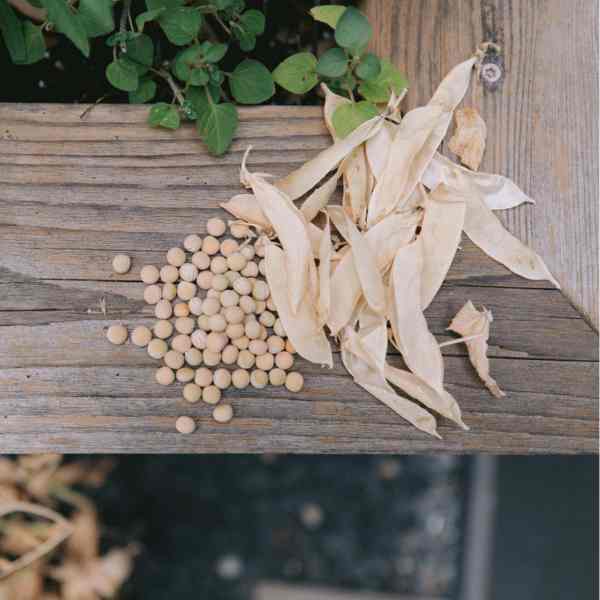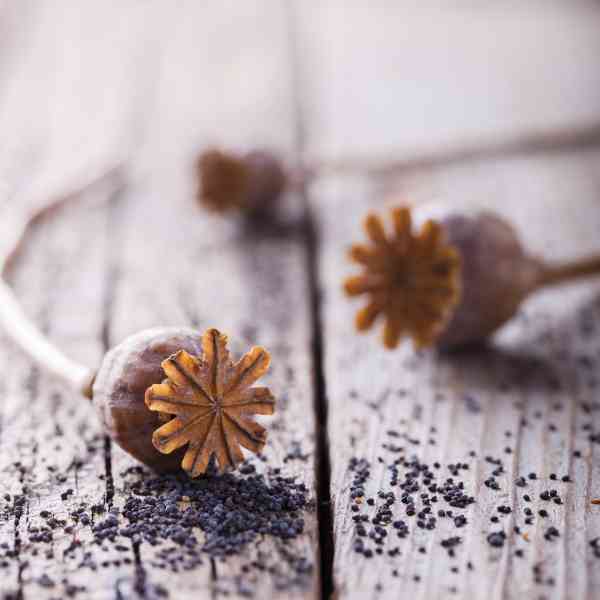Seed Saving: Peas

People have been saving pea seed for at least 5,000 years ago. Peas are not just one of our oldest crops but happily one of the easiest crops for home seed saving.
Peas tend to be self-fertile although they can cross-pollinate. This makes maintaining a pure strain relatively easy, even on an allotment site where people nearby are growing different varieties.
To avoid cross-pollination just grow different varieties in different parts of the plot separated by other crops. Use the plants from the middle of rows to save seed from to further reduce the chances of cross-pollination.
Seed Selection
As the plants grow through the season, ruthlessly weed out any that are poorly performing or not true to type. Just as with any seed selection by preferentially picking for the characteristics you want you will eventually develop a separate strain.
Harvesting Peas to Save for Seed
In an ideal world you would just leave the pods on the plant in the sunny warmth to dry out. The mature seed pods will turn brown and hard and the peas will rattle inside when shaken.
Sometimes, when there is a lot of rain, it is necessary to finish drying the peas undercover. Remove the whole plant and hang upside down from the shed roof or greenhouse or rafters in a garage etc. Anywhere warm and dry but with good airflow will do the job.
Once the pods are cracking, shell the peas out and dry for another few days to a week. It is important to ensure the peas are dry or they’ll go mouldy and spoil. However, do not use a dehydrator or oven to dry them as the heat will be too much and your saved pea seeds will not be viable.
Storing Pea Seed
Store in an airtight tin or a large jar with a lid. Using desiccants, such as the little silica gel bags, or you can add some dry, uncooked rice to each closed container, will ensure no moisture problems.






